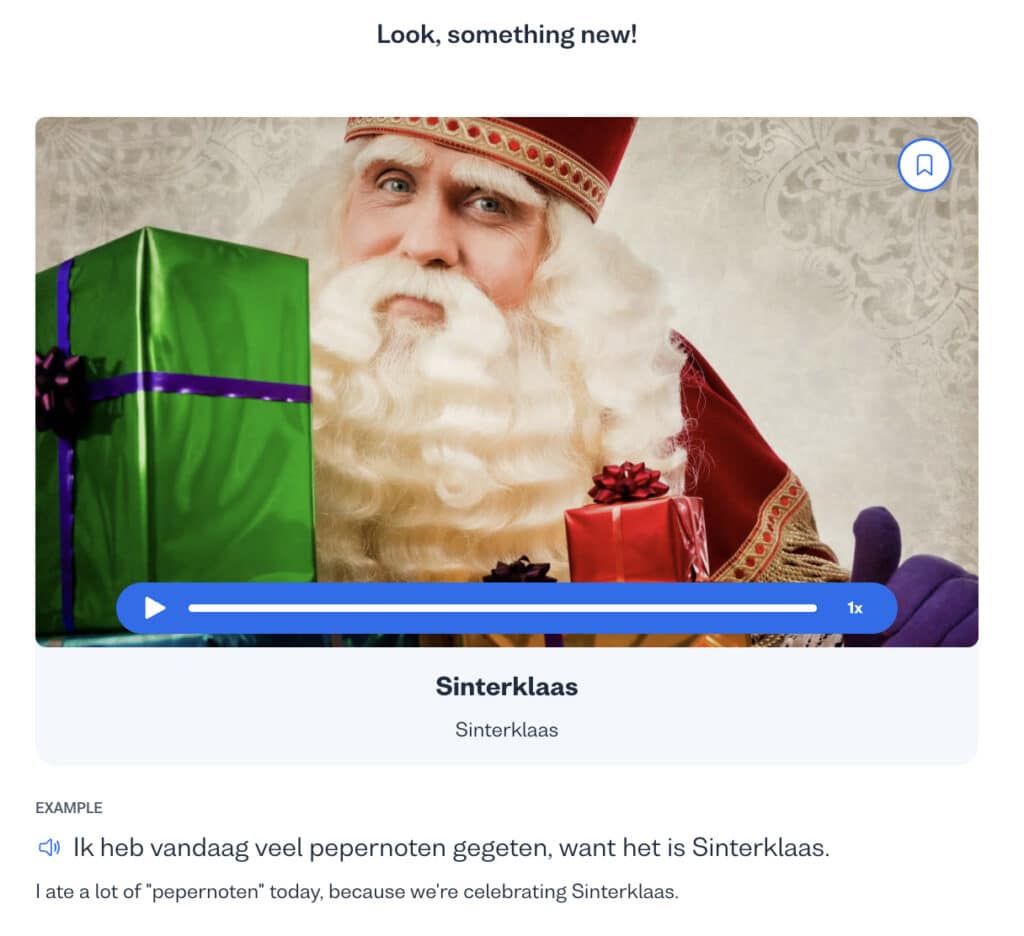Home » 11 different names for Santa Claus around the world
Whatever the name you awarded to the larger-than-life character of ‘Santa Claus’ growing up, for most Christmas enthusiasts the name will arouse wonderful childhood memories of presents from a jolly, white-haired man during the festive season… oh, those were the days (or are, if you’re young and lucky!).
Santa Claus is probably one of the most universally recognised figures in the world.
But what is the great man’s real name?
The concept actually originated from Saint Nicholas, a patron saint famous for giving generous gifts to the poor. The pronunciation of Saint Nicholas in Dutch is Sinnterklaas, which is where the name Santa Claus came from! Bet you never knew that, eh?
Around the world, there are lots of different names for Santa Claus, and the idea has been adopted and interpreted in various ways.
In the UK, US and Canada, “Santa Claus” or “Father Christmas” is believed to travel around the world sporting a red suit on his sleigh, pulled by reindeer.
He comes down the chimney the night before Christmas (between 24 and 25 December), leaving presents for children under the Christmas tree! Children often leave Christmas stockings by the fireplace that Santa can fill with small gifts and sweets.
Some families will leave a snack for him for his travels. In the UK, it’s common to leave a mince pie (a traditional festive pastry) and a glass of whisky / sherry for Santa, and a carrot for the reindeer!
In the US and Canada, some people call him Kris Kringle, which originates from the German word Christkind (Christ child).
Here, it’s custom to leave milk and cookies to keep him going. He’s got a lot of presents to deliver, after all!
In France, it is Père Noël who delivers presents either on the eve of 23rd December, or on the morning of 25th December.
In the east of France, he is accompanied by Le Père Fouettard, a man dressed in black, who is said to punish the children if they misbehave. Better be good, then!
The man behind the Spanish name for Santa Claus is commonly known to give out presents on 24th December or 25th December (from Papa Noel), or on 6th January (from the Three Kings).
In South America, a family member often dresses up as Papa Noel and give gifts to the children while they try and guess who the family member is!
While in countries like Mexico and Venezuela, presents might also be brought by El Niñito Dios (baby Jesus) or Santo Clós (Santa Claus).
“Sinterklaas” is celebrated in several European countries with different traditions in each country. In the Netherlands, Sinterklaas is an old man who rides his horse on rooftops. His helpers put gifts into the shoes of children. “Sinterklaasfeest” is celebrated on 5th December.
In Belgium, customs are similar but “the Sinterklaasfeest” is celebrated on 6th December.
Want to learn more? Discover more festive phrases with Busuu’s free language courses.

We’re wouldn’t be surprised if you struggled with the pronunciation for Santa Claus in German!
The festive season in Germany starts early, with Nikolaustag – St. Nicholas Day – on 6th December. It is thought that St. Nicholas comes in the night, and puts presents in the children’s shoes, which are usually polished (kids have got to get in Santa’s good books somehow!) and placed by their front doors the evening before.
In some parts of Germany, das Christkind (Christ child) is thought to bring children presents on Christmas Eve. Children also write to him asking for presents before Christmas. They even decorate their letters by gluing sugar to the envelope!
In other parts of the country, der Weihnachtsmann (Santa Claus) is the one who brings presents to the children. Traditionally, German people open their presents on Christmas Eve rather than Christmas Day.
In Italy, Babbo Natale is thought to deliver presents at Christmas. Italian families start collecting presents at the start of December and they are opened either on Christmas Eve or on Christmas morning.
It is also believed that the witch, La Befana, arrives during the night of 5th January bringing smalls gifts, sweets and dried fruits which she leaves in the socks of the good children.
Interested in learning more festive phrases? Try Busuu’s award-winning language lessons for free to set you on your way.

In some parts of Brazil, children leave a sock near a window. If Papai Noel finds their sock, he’ll exchange it for a present.
In Portugal, Santa Claus is called Pai Natal. He is believed to bring presents to children on Christmas Eve. Presents are left under the Christmas tree or in shoes by the fireplace.
In both countries, families will either open presents on the eve of the 24th after Midnight Mass or on Christmas morning.
In Russia, Christmas is actually celebrated on 7th January, which is the Orthodox Christmas, and therefore goes by a different calendar.
However, people do also exchange presents on New Year’s Eve. It is believed that Ded Moroz (the Russian and interpretation of and name for Santa Claus) brings presents with the help of his granddaughter, Snegurka. The tradition goes that children make a circle around the Christmas tree and call for Ded Moroz and Snegurka. When they appear, the star and other lights on the Christmas tree light up.
Christmas isn’t widely celebrated in Turkey, but some families celebrate popular Christmas traditions on New Year’s Eve. They might have a ‘New Year’s Eve tree’ and give gifts.
In Poland, it is generally believed that Święty Mikołaj brings presents which are opened after the Christmas Eve supper is finished. Sometimes the adults tease the children by dragging out the meal so they have to wait longer for the presents!
In some parts of Poland, there are different traditions. In the east, presents are given by Dziadek Mróz (the same as Ded Moroz in Russia) and in western and northern Poland people believe that Gwiazdor (the starman) brings them.
So there you have it – 11 different names for Santa Claus from around the world, plus a bunch of traditions and interpretations of him.
Now you can get involved with the Christmas spirit wherever you are in the world!
Merry Christmas from the Busuu team!
@busuu The #Busuu team wishes you a Merry Christmas 🎄💙 with this short vocabulary lesson. Which 🎅🏼 was your favourite? #christmas #officelife #languagelearning #busuu #edutok
♬ Christmas – JerryJeyy
We’re Busuu, the award-winning language-learning app – our experts behind our online courses and our community of over 100 million learners would be happy to help.
